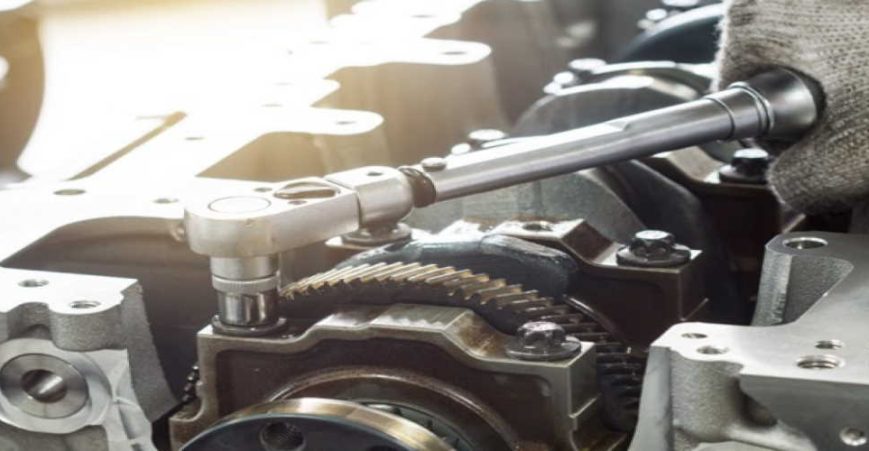Although a torque wrench is a tool that you would most commonly find being used in industries such as power generation, water and gas supplies, manufacturing and construction, some scenarios come under the umbrella of home DIY that torque wrenches can be used too. Examples include car maintenance and some repairs to home heating, plumbing and air conditioning systems.
Whilst many people may have heard of torque wrenches, far fewer have seen one close up, and even fewer have used them. For this reason, when the need for a torque wrench arises, they are unsure what they need, and how they should be used correctly. That is why in this post we are going to outline some of the basics regarding torque wrenches, plus provide you with a simple checklist for selecting the most appropriate torque wrench.
What Is A Torque Wrench?
Most people will be aware that a wrench is a tool that is used to tighten nuts and bolts, and you will not be too surprised to learn that is exactly what a torque wrench does too. However, the crucial word in its name is “torque” and it is this that sets it apart from ordinary wrenches.
Torque is a measure of the force that causes an object to rotate, and so a torque wrench is used to tighten nuts, bolts, and other fasteners to predetermined torque values. The significance of the torque value is that it ensures that all fasteners are tightened sufficiently in situations where high-pressure gases or liquids, might be present.
Having the fasteners for seals and joints tightened to set levels ensures there is no risk of leaks given that a visual inspection of these would not be sufficient to identify where a fastener was not tightened sufficiently, or conversely, overtightened, which can cause damage to fasteners and seals.
For each scenario, the torque wrench can be pre-set to a specific torque value and when the fastener in question has been tightened to that toque level there is either an audible or visual indicator to let the user know no further tightening is required.
Types of Torque Wrench
There are three main types of torque wrench, and each will be the most suitable for a range of job types.
- Electric Torque Wrench
The most accurate of the three types meaning they operate to a range of accuracy of 3% or less. Suitable for any location which has a power source, they are a lightweight option that is used in military bases, nuclear plants, and wind turbines.
- Hydraulic Torque Wrench
Used where strong torque levels are required, these require a hydraulic pump that is independent of the wrench itself. One huge advantage that creates is that hydraulic pumps can be used in locations with less space than electric or pneumatic torque wrenches.
- Pneumatic Torque Wrench
Of the three types, pneumatics have a reputation for being the most durable. For that reason, you will find them being used in heavy industries such as steel mills and power plants. They are also suitable for locations where flammable gases and liquids might be present including gas and oil pipelines.
Torque Wrench Selection Checklist
Now that you know some of the basics of torque wrenches and the types, here is a checklist of five questions you need to answer to choose the ideal torque wrench for the job at hand.
- What are the highest and lowest torque levels that you will need to tighten the fasteners to?
- Do the fasteners need to be tightened to a single torque value or multiple torque values?
- What are the drive sizes of the sockets you are likely to be using? (e.g. 1-inch, 3/4”, 1/2”, 3/8”, 1/4”)
- What level of precision does the torque accuracy need to have?
- Will the torque wrench need to operate clockwise or anti-clockwise?
If you are unsure about the answers to any of these, then seek guidance from a local torque wrench supplier who can advise you on the best torque wrench to use depending on your needs.


